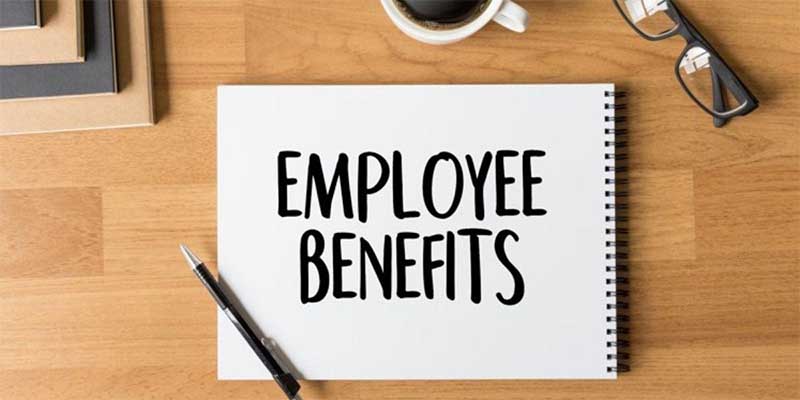A bank reconciliation discrepancy could be uncovered when you balance your checkbook. Either you find out you have more money than you thought, or you find out you're missing some. Several factors could lead to an inconsistency. For example, the bank may have deposited funds into the incorrect account. Another possibility is that the bank has made a mistake or that you have unapproved withdrawals. With that, below are some strategies to resolve bank discrepancies.
Another possible explanation for a bank reconciliation discrepancy could be that you have unpaid checks, deposits in transit, or hidden bank fees. Find out what to do and how to fix a bank account mismatch by following these steps. Balancing your checkbook and finding bank account irregularities can be stressful. Maintaining accurate financial records requires immediate action if you have more or less money than projected. How to correct bank account mismatches:

You must contact the bank immediately to resolve bank account discrepancies. Attend your bank's branch to resolve these issues. Bank workers may typically resolve issues faster when spoken to in person. Calling customer support is an option if in-person visits are not possible. Document all interactions, regardless of price discrepancy.
Start by calling or visiting your bank. In-person encounters provide rapid feedback and faster resolutions. Calling the bank's customer service number is ideal if you can't see it: record dates, times, and topics of all discussions. Note the names and employee reference numbers of those you communicate with. The data discrepancy information will help you follow up and support your claim if the issue persists or if money needs to be included. Specify the problem, including transaction dates, amounts, and discrepancies. More accurate information makes it easier for the bank to investigate and fix the issue. Follow up regularly if the problem persists.
Be patient while resolving bank account discrepancies. Unauthorized transactions and missing deposits might take long to resolve. Your first encounter with the bank may merely start the investigation. The bank must review and locate the problem in numerous steps, resolving a price discrepancy. If a deposit is missing, the bank must review the teller's transactions from that day. This includes reviewing all activities and cross-referencing information to find the error. If an unlawful transaction occurs, the bank must locate its source, authenticate its legality, and take action.
ATM deposits can complicate the process. To find the deposit, the bank must evaluate ATM surveillance footage, transaction logs, and machine audits. To account for every part of the transaction and accurately identify and fix the issue, extensive analysis is needed. The approach to resolving a bank reconciliation discrepancy requires patience. The bank wants to correct the problem correctly, which may take time. Keep calm and comprehend the situation's complexity to reduce frustration and smooth the resolution.
If you find a bank account discrepancy, follow up with papers or other procedures. Unauthorized transactions may require a police report before the bank may act. This report documents the scam and aids in the investigation. Closing the compromised account can avoid further troubles while rectifying the mismatch. This step is essential to prevent fraudulent transactions and fund loss. However, account closure takes careful planning to ensure a smooth process to resolve a price discrepancy.
Before ending the account, update any automatic transfers and payment choices. This includes automatic payments, subscriptions, and recurring invoices. To avoid service disruptions, notify your service providers of your new account information. Also, inform your employer or other direct deposit provider of the account change. Please update them on your data discrepancy and account information to keep your deposits going.

Balance your account against your statement regularly to keep correct financial records. This practice helps you account for all your money and spot and fix faults quickly. You can spot a data discrepancy early, whether they are due to errors, unlawful transactions, or overlooked entries, by periodically comparing your checkbook register or personal records with your bank statement.
This can be simplified with internet tools. Many budgeting apps connect bank accounts and monitor transactions in real-time. These applications automatically categorize expenses, track spending, and alert you to unexpected activities, making financial management easier. Match each bank statement transaction with your records to balance your account. Examine a bank reconciliation discrepancy and its reasons. Account for pending transactions that may not display on your statement.
Here are bank reconciliation tips:

By Susan Kelly/Feb 23, 2024

By Triston Martin/Feb 29, 2024

By Triston Martin/Apr 26, 2024

By Triston Martin/Mar 26, 2024

By Rick Novak/Jul 17, 2024

By Sean William/May 29, 2024

By Susan Kelly/Mar 13, 2024

By Alison Perry/Feb 06, 2025

By Triston Martin/Apr 06, 2024

By Sean William/May 30, 2024

By Sean William/May 29, 2024

By Triston Martin/May 10, 2024